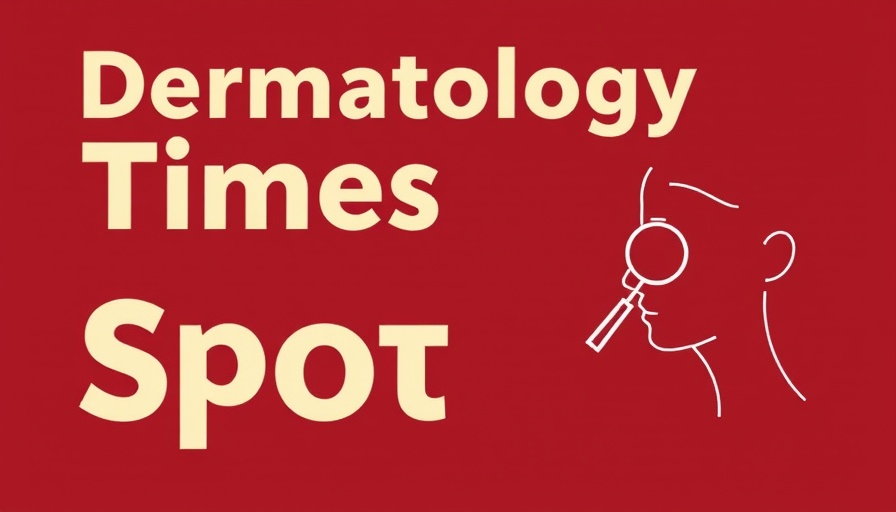
The Revolution of AI in Melanoma Diagnostics
In recent years, the adoption of artificial intelligence (AI) in healthcare has ushered in transformative changes, particularly in cancer diagnostics. One of the most promising applications is in melanoma, a form of skin cancer that requires precise evaluation of immune cell infiltration for appropriate treatment decisions. Traditional assessments by pathologists often exhibit variability, which can affect patient outcomes. Thazin Aung, PhD, from the Yale School of Medicine, is at the forefront of developing an AI tool aimed at standardizing this evaluation process.
Addressing Inconsistencies in Human Evaluation
Dr. Aung's motivation stems from her extensive experience in translational cancer research, where she has observed the impacts of inconsistent scoring in melanoma diagnostics. "In traditional methods, different pathologists can reach different conclusions based on visual assessments, which leads to potential discrepancies in patient care," she explains. By utilizing AI, her team aims to provide a more standardized and reproducible scoring system that could alleviate these inconsistencies.
How the AI Tool Works: Insights into the Technology
The AI model developed under Aung's guidance demonstrates a superior ability to replicate scores consistently compared to traditional methods. This increase in reproducibility is crucial as it assures clinicians and patients alike that the assessments are reliable. The AI analyzes pathology images to evaluate immune cell infiltration, providing an objective framework that surpasses subjective human judgment.
Future Directions: Clinical Trials and Development
Looking ahead, further steps include fine-tuning the AI tool and conducting prospective trials that correlate AI evaluations with treatment outcomes. These trials are essential for establishing the tool's efficacy and credibility within clinical workflows. Additionally, Dr. Aung highlights the possibility of creating a proprietary interface tailored for clinical use, making the technology accessible and practical for pathologists.
The Impact of Open-Source Models on Dermatopathology
While proprietary systems may offer clinical advantages, Aung is a proponent of open-source AI tools that could democratize access to advanced diagnostics. Existing open-source solutions signify a shift towards shared knowledge and collaboration in dermatopathology, enabling a broader range of practitioners to utilize these cutting-edge tools.
Why This Development Matters
The significance of AI-driven models in melanoma extends beyond mere technical advancement. For many patients, consistent and precise diagnoses can significantly impact treatment plans and overall prognosis. As awareness grows around skin health and cancer prevention, innovations like these hold the potential to revolutionize patient care.
What Patients Should Know About AI in Dermatology
For individuals concerned about skin health, understanding advancements in melanoma diagnostics is empowering. As technologies like AI become integral to clinical practice, patients can feel reassured that their evaluations are backed by robust, evidence-based methodologies. This shift represents a step towards more personalized and precise healthcare tailored to individual needs.
The intersection of technology and medicine is a rapidly evolving field, and as Dr. Aung continues her research, the future of AI in dermatology promises greater accuracy in diagnosing and treating melanoma.
Exploring these insights can equip you with knowledge, accentuating the importance of being informed when it comes to skin cancer and advances in the technologies used for its assessment.
 Add Row
Add Row  Add
Add 




Write A Comment